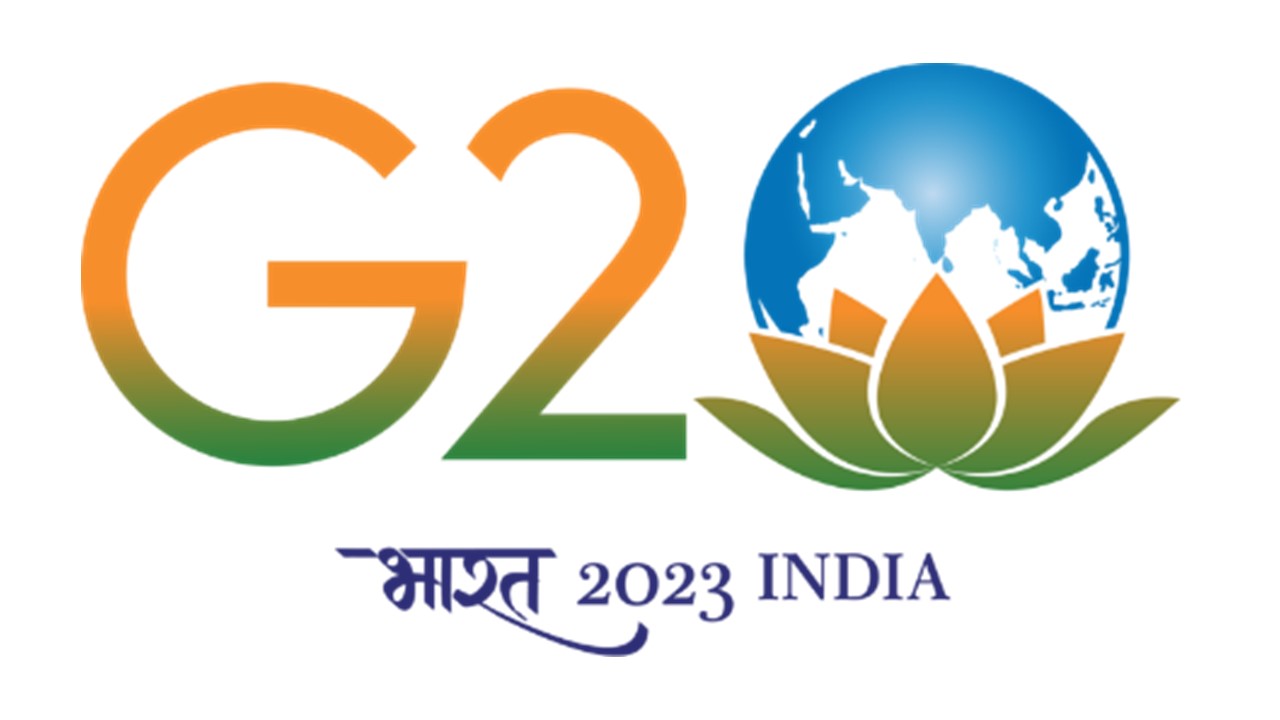Victor Dhar, PGDM,
Vignana Jyothi Institute of Management, Hyderabad
With today’s fast emerging and evolving economies, Data Analytics has seen a sudden upsurge. Collecting and managing a series of data for almost all aspects and across sectors is an urgent need for global companies. Every economy in the world, small or large, is now starting to understand its significance. The McKinsey Global Institute (MGI) projects that by 2018, the US alone would face a 50-60% gap between supply and demand of deep analytical talent – people with advanced training in statistics and machine learning – to perform Big Data Analytics. The gap is estimated at 140,000 to 190,000 analytics specialists and 1.5 million more data-literate managers. To capture the full economic potential of Big Data, MGI says that companies and policy makers need to address this talent gap. India, with its young demographics, entrepreneurial culture, and emerging services firms has yet again seized this opportunity and has decisively pulled ahead of its competition, which includesChina and Eastern Europe.
India is also not far behind in identifying this gap. With the new Government in place with a huge mandate, even India is now up on its heels to use analytics in every aspect, especially governance. Over half of India‘s population is below the age of 25, and more than 65% of its people are below the age of 35. It is expected that by 2020, about 136 million of Indian youngsters will join the global workforce. That‘s a lot of brain power, which puts India in good stead to take on Big Data. In this regard, India is unique in its demographic dividend, and China and Eastern Europe have the challenges of ageing populations that limit the size of their workforce. By 2025, 25% of the world’s workers will be Indians.
It is in this context that one needs to view the future of Big Data. Analysing large data sets will increasingly become a source of competitive advantage. More and more businesses need help with the volume, variety and velocity of Big Data. The potentially unstructured nature of some of this data and the challenges with extracting business insights from it is proving beyond the reach of traditional enterprise tools and business practices. The centre has decided to turn to technology to more comprehensively analyse the comments on the MyGov website, which was initiated by Prime Minister Narendra Modi. In addition, the government is turning to analytics professionals who are tech savvy tomake a digital analysis report of the comments and suggestions made in MyGov, so that it may help in better governance.
Narendra Modi’s plan of building 100 smart cities is also seeing a need of data analytics. A city becomes smart only if its inhabitants are smarter. Data analytics can help in various aspects, such as weather, population and the like, and it can also help people in making daily decisions. Thedata that is thoroughly analysed would help the authorities to set standards and frame regulations effectively. Various initiatives have been taken by the government of India; for example, Thejesh GN is aiming to address, through his contribution to the “sense your city” initiative, an international online open data program.
Today, there are more than 10,000 analytics professionals working across India, solving complex business problems and deploying analytics solutions for Fortune 500 firms. They are working not just for service providers, but for the captive needs of large U.S. businesses, such as Dell, Citigroup and GE. The rapid evolution of this sector is leading to the expansion of this talent pool by over 30-40% each year.India has the resources and experience to meet future demands, but needs to develop partnerships, particularly with well-established technology leaders and prominent universities. It would be interesting to see how the country and its government deal with this scenario, which can work wonders in the development of the Indian Economy at large.






